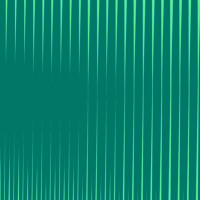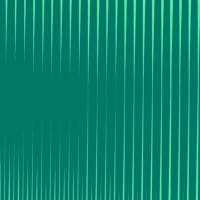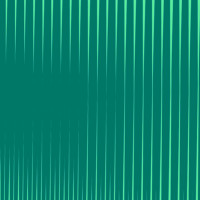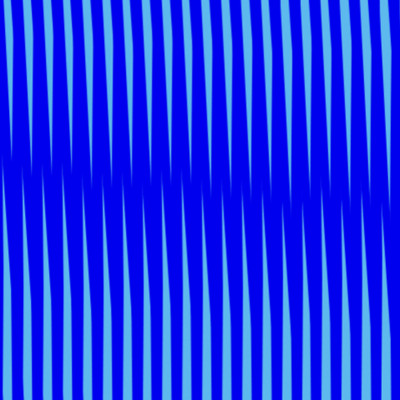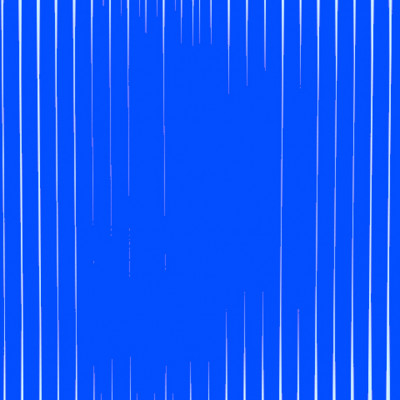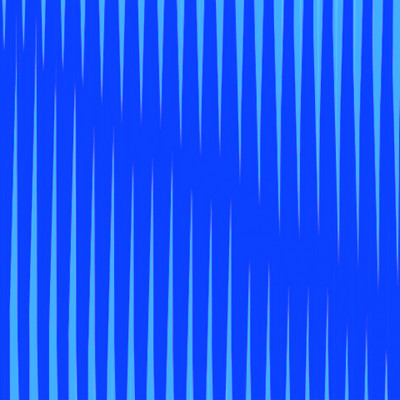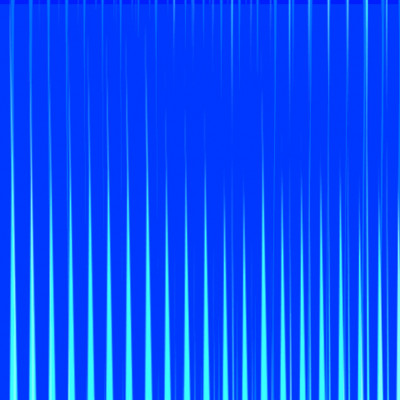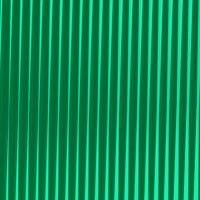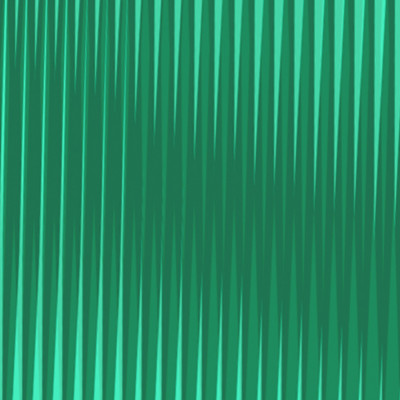Preface by
Sanne Krogh Groth, Anette Vandsø, Ulrik Schmidt & Morten Søndergaard
The arts today are full of sounds. This, of course, is not an entirely new situation. Indeed, it could be claimed that the entire 20th century was saturated in sound (Kahn, 1999). Or even that the 18th and 19th centuries in Western culture constituted an early modern age of ‘ensonicment’ – parallel to the Age of Enlightenment – where sound became inescapable as an object for knowledge and experience (Sterne, 2003). However, the two main changes in the 21st century, arguably, are: the way we interpret and understand sound as part of a complex, deep and wide-ranging ecology of mediated sensing, production and practices; and, not least, the diversity of approaches to and expressions in sound, and their centrality in contemporary artistic production.
Sound art is a term that attempts to encompass this wide range of different artistic practices in which sound is a central element. The term thus occurs in a variety of formats and contexts, crossing conventional boundaries between art genres and institutions. However, despite this abundance and cacophonic diversity of sonic expressions, sound art is still profoundly under-theorised, -archived and -historicised (Kahn, 1999; Cox, 2011). Still, despite these uncertainties and gaps – or maybe because of them – sound art is ever more discursively present and prolific in the contemporary arts.
On this basis, this special issue of Seismograf Journal raises fundamental questions of how, when and why sound art matters. Instead of attempting to categorise and define what sound art is or is not, this issue seeks to develop an informed understanding of the terms, ontologies and epistemologies that sound art production lives by and operates within.
Sound Art Matters is compiled of contributions from authors who attended the conference Sound Art Matters in Aarhus in June 2016. It has been a guiding principle for the editors – in the organisation of the conference and in the present publication – that sound art is a field still in need of deeper theoretical exploration from a greater variety of perspectives, both artistic and academic. At the same time, by offering a specific field of practice, experimentation and reflection, sound art has proved exceedingly relevant for investigating today’s use, production and dissemination of sound in a broader cultural and socio-material context. Sound art inevitably involves and exposes many fundamental issues that otherwise risk being ignored, concerning the status and implications of sonic production, exchange and experience in a hyper-mediatised culture saturated with sound. A focus on how, when and why sound art matters may thus help to encourage – and to expose the necessity of – an intensified artistic and scholarly entanglement with the deep ontological, epistemological, aesthetic and political dimensions of sound.
This special issue consists of six written articles, four audio papers and one video paper. The contributions represent a great diversity in format, expression and theoretical perspective, and in their methodological approaches to the current field of sound art. Three audio papers by Cathy Lane, Jeremy Woodruff and Kwame Phillips/Debra Vidali address post-colonial and political issues related to voices, chanting and radio broadcasting. In their written articles, Budhaditya Chattopadhyay and David Chesworth consider different aspects of the exhibition as format and experience in specific relation to sound objects and sound art installations. In different formats and from different perspectives, Rune Søchting, Kevin Day, Mark Harris and Ido Govrin (written articles), Morten Søndergaard (audio paper) and Kevin Logan (audio - and video paper) explore different epistemological, material and performative issues of sound, technology and mediation, often supported by critical examinations and expansions of the format of academic presentation itself.
The publication is graciously supported by the Danish Council for Independent Research’s Sapere Aude, Research Talent-Grant, as part of the research project A World in Sound, conducted by Anette Vandsø. All contributions have been accepted for publication in a double-blinded peer review process. We would like to thank the reviewers for their open, curious and engaging work with the contributions. Last but not least, we thank the authors for their excellent efforts and their willingness to experiment with new forms of academic presentation, making this special issue, both in scope and format, a multifaceted, experimental contribution to the ongoing exploration of how and why Sound Art Matters.
Edited by Sanne Krogh Groth, Anette Vandsø, Ulrik Schmidt & Morten Søndergaard
Graphics by Kasper Vang
Copyediting by Juliana Hodkinson
Technical support by Jan Stricker & Jens Voigt-Lund
DOI: https://doi.org/10.48233/seismograf1900
